The contemporary data-driven economy requires Business Process Outsourcing (BPO) companies to constantly ensure that they are cost-efficient, scalable, and profitable. A Financial Model for BPO Company helps clarify key financials, whether you’re raising funds, budgeting, or projecting returns.
This user-friendly guide analyses everything you need on how to build one, how to avoid some of its pitfalls, in a manner that you can concentrate on operating a high-performance BPO business.
What Is a Financial Model for a BPO Company?
The Financial Model is an extensive tool made to assist call centres and outsourcing firms in helping estimate income, control costs, and assess valuation. They are usually constructed with the help of Excel or financial modeling software, and can serve as a guide for both start-ups and mature BPO companies. They comprise the basics of financial statements, including the Profit & Loss Statement, Cash Flow Statement, and Balance Sheet, and industry-specific operating assumptions in line with the requirements of the BPO industry.
Why Do BPO Companies Need a Financial Model?
The BPO Financial Model Template is an extensive tool made to assist in precisely estimating income, controlling operating costs, and determining business valuation. The objective of financial modeling is to combine accounting, finance, and business metrics to create and predict a company’s future results and make smarter decisions.
That is why every BPO should have one:
- Investor Readiness
The investors desire to get evidence of sustainability and growth potential. A healthy financial model will prove that you have good knowledge of the market, unit economics, and your profitability schedule, and as a result, you will be seen as more appealing to the venture capitalists, angel investors, and private equity firms.
- Strategic Decision-Making
A financial model is useful when planning a capacity addition, recruitment requirements, market entry, or diversification of services offered. It helps the CEOs and CFOs to compare the scenarios, what-if, and select the most strategic choice of direction.
- Cost Management
Cost optimization in BPOs is crucial. BPOs are required to keep the fixed costs and variable costs in check with staff-heavy operations. A model can be used to identify the cost leakages and to optimise the operational costs, such as seat cost, infrastructure, payroll, and tech subscriptions.
- Profit Forecasting
A properly constructed model can give you an idea of how altering the headcount, pricing, or client turnover will impact your bottom line. It provides intuitive predictions in case profitability benchmarks are lost.
Key Components of a BPO Financial Model
Understanding the building blocks of a financial model makes it easier to create and interpret. Here are the key components:
1. Revenue Assumptions
Revenue is typically based on per-agent, per-hour, or per-seat billing. The assumptions should be made on the basis of the pricing model and the expansion of the service lines.
2. Cost Assumptions
Salaries, infrastructure (rent, utilities), hiring, training, and software are among the costs incurred. Analysis of variable vs fixed costs is essential for scenario planning.
3. Track Metrics
Track metrics such as the amount of revenue per agent, the attrition rate, and the average handling time. These inputs drive operational efficiency projections.
4. Profit and loss statement
An organization’s profit and loss statement consolidates its income and expenditures within a specific period, reflecting on business productivity and effectiveness.
5. The Cash Flow Forecast
Since BPOs will deal with slow-paying clients, planning how much cash will come in and out of the company each month can guide the liquidity of the company and financing against a line of credit.
6. Balance Sheet
A balance sheet refers to the list of a company’s assets, liabilities, and shareholders’ equity for an operating period. Balance sheets provide the basis for computing rates of return for investors and evaluating a company’s capital structure.
How to Build a Financial Model for a BPO Company?
Step 1: Know Your Company
It is extremely important in understanding how the company, whose financial model is being prepared, earns revenue and incurs costs, and what its business model is based on, publicly available information, data through internal reports, and/or through official filings.
Step 2: Understand the Industry Dynamics
Find out the industry trend, benchmark, and key performance indicators that the business can use
Step 3: Insert Audited Financials
Audit 3 to 4 years of audit Profit & Loss, balance sheet, and cash flows into an Excel sheet in a clear and clean format.
Step 4: Define Assumptions
The future growth rates and margins, and the workings of the work cycle and cost pattern, should be calculated and projected. Create an assumptions tab.
Step 5: Forecast the Income Statement
Calculate project revenues, direct costs, and operating costs to reach the EBITDA (depreciation, interest, and tax are not left to be answered at this point).
Step 6: Build Supporting Schedules
Develop depreciation, tax, equity, and debt schedules as well as working capital schedules in order to aid in the projections of the financial statements..
Step 7: Complete P&L and Balance Sheet
The next step is used to complete the P&L after linking Depreciation, Finance Cost, and Income tax from respective schedules. Similarly, you can complete the balance sheet by linking subsequent schedules, except for the Cash & Bank Balance.
Step 8: Complete the Cash Flow Statement
Once the P&L and Balance sheet are ready, then it only leaves the task of incorporating formulas and doing the linking with P&L and BS for Cash Flow Completion. Compare the latter with the amount of cash and the Balance Sheet.
Step 9: Calculate Free Cash Flows
Derive Free Cash Flow to Firm (FCFF) and Free Cash Flow to Equity (FCFE) for valuation.
Step 10: Perform DCF Valuation
The second step is to identify the Cost of Equity through CAPM (Capital Asset Pricing Model) using Market rate of Return, Risk-Free Rate, and Beta. Moreover, you will calculate the Cost of Debt using the interest rate and tax rate, which helps determine the Weighted Average Cost of Capital (WACC).
Step 11: Run Sensitivity Analysis
Important assumptions (growth rate, margin, WACC) that are required to be verified. This helps in drawing more accurate conclusions about the authenticity of the assumptions made.
Step 12: Perform Ratio Analysis
Pay a little bit more attention to estimate profitability, solvency, and liquidity ratios for investors to make better judgments on the investing decisions.
Step 13: Use Charts and Graphs
Create visuals to highlight revenue trends, cost breakdowns, and valuation results.
Step 14: Final Touch – Formatting & Indexing
As the model is completed, the only thing needed is to format the file, add hyperlinks for navigation, and polish the model for a professional look.
Common Mistakes in BPO Financial Modeling and How to Avoid Them:
BPO Financial Modeling is an essential skill for finance professionals. However, some common mistakes can lead to lead to wrong financial models.
Here are some pitfalls to watch out for as you prepare your financial modeling:
|
Mistake
|
How to Avoid
|
| Overestimating revenue |
Always use conservative growth projections and consider time lags in client onboarding. |
| Ignoring client churn |
Clients don’t stay forever. Not accounting for the churn rate could harm long-term revenue projections. |
| Underestimating salary costs |
Always include full compensation packages and hiring cycle timelines. |
| No buffer for infrastructure scaling |
Include future CAPEX for expansion, like new office setups, software licenses, or server upgrades. |
| Not modeling cash flow |
Predict when money comes in versus when expenses go out to avoid liquidity shocks. |
Business Valuation for BPO Companies: Why It Matters
One of the most effective methods of finding out the financial position is business valuation calculator for outsourcing companies.
The benefits of Business Valuation are as follows:
– Discounted Cash Flow:
Discounted cash flow (DCF) refers to an analysis procedure used to value investments by discounting the estimated future cash flows. Analysts use DCF analysis to value a stock, company, project, and many other assets or activities, making it widely used in both the investment industry and corporate finance management
– EBITDA Multiple
EBITDA (Earnings Before Interest, Taxes, Depreciation, and Amortisation) is a financial metric that can measure the cash and operational performance of the company. It helps investors to focus on the business operations because it excludes items affected by accounting methods and government policies.
– Revenue Multiple
Revenue Multiple (EV/Sales) is a valuation metric that compares the ratio between an enterprise value and total revenue, the amount of money that investors are ready to spend to use one unit of revenue. Analysts can also value early-stage or high-growth BPOs using revenue, especially when profits are slender.
The Key Features
- Input revenue, EBITDA, cash flows, and growth rate
- Compare multiple valuation methods (DCF, EBITDA, Revenue)
- AI-assisted guidance for early-stage and mature BPOs
- Free downloadable report for investors sharing
Conclusion:
The financial model of a BPO company may be a daunting process, but it is one worth creating. Starting from investor readiness to internal cost control, a good model entails that your business has both the structure and the prospects that it requires to be able to sustain itself on a long-term basis.
Whether you are in this guide helps to generate a model that reflects your strategy, flavors, and revenue fits.
Pro Tip: Try the FundTQ Business Valuation Calculator today and see what your BPO company might be worth.
FAQs
Q1: What is a financial model for a BPO?
A financial model for a BPO is a spreadsheet-based tool that projects revenues, costs, and profitability based on the company’s business assumptions.
Q2: What is the requirement of Financial Modeling for the BPO companies?
It helps in making money, managing costs, attracting investors, also to enable one to make decisions strategically.
Q3: How can I value my BPO company?
You can use methods like DCF, EBITDA multiples, or revenue multiples, depending on your company’s maturity and growth.
Q4: Can I use a free template to build a BPO financial model?
Yes. Free Excel templates and tools like FundTQ can speed up your modeling process and reduce errors.
Q5: How do I find the valuation of my BPO company?
Use FundTQ’s Business Valuation Calculator to get quick, reliable estimates using industry-standard methods.
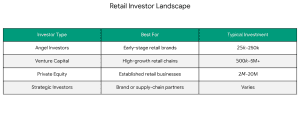

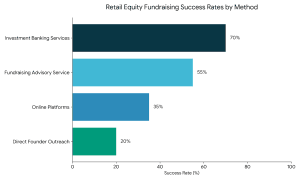
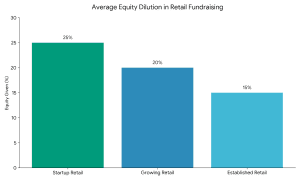
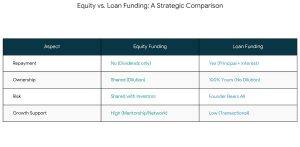

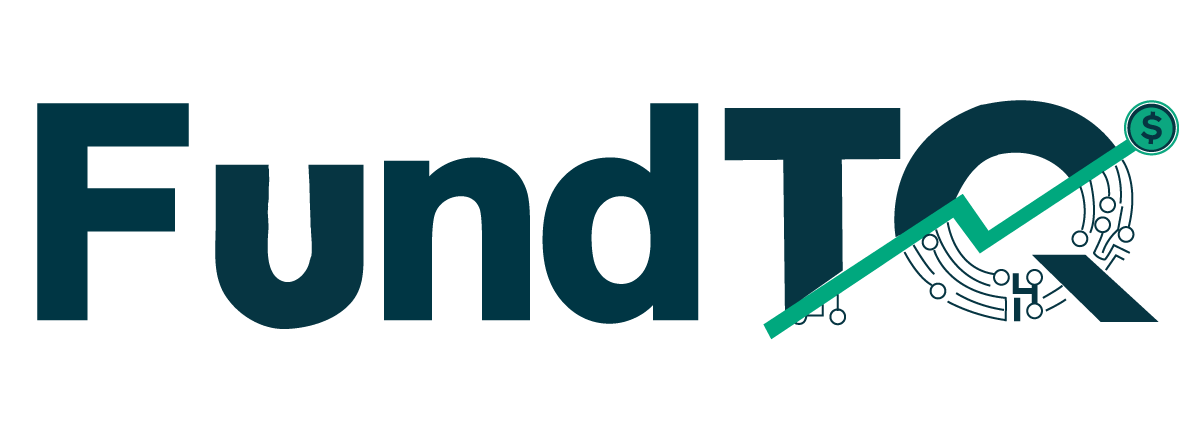








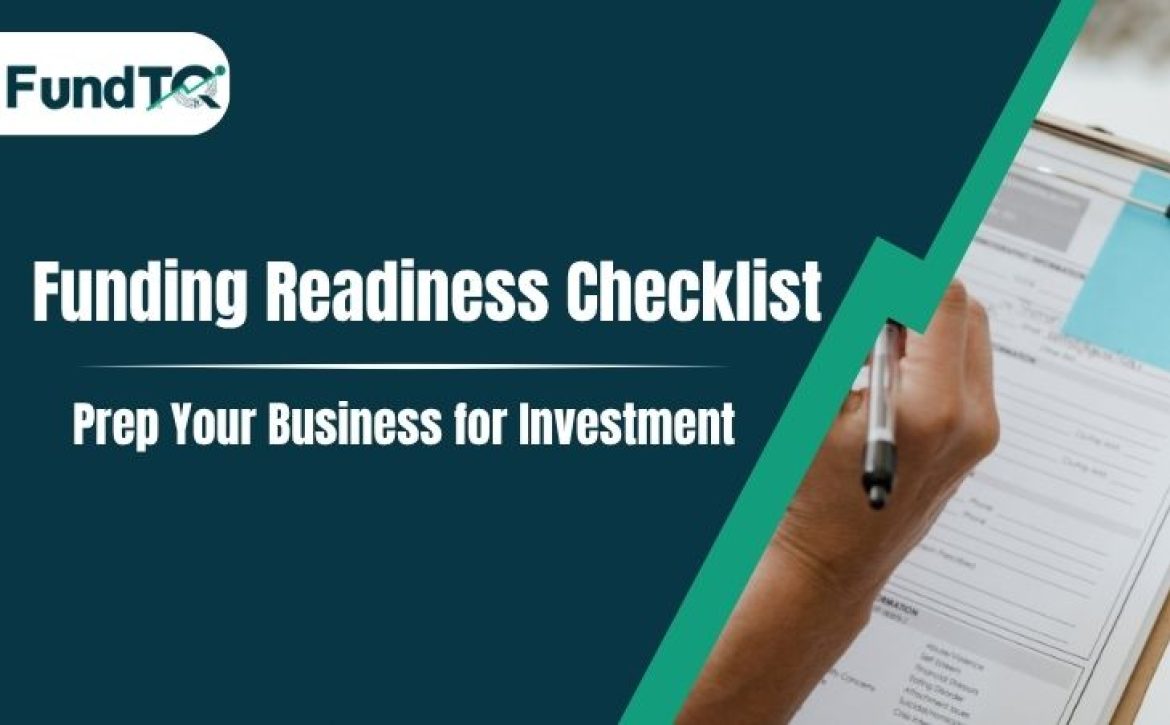




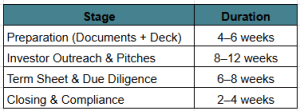
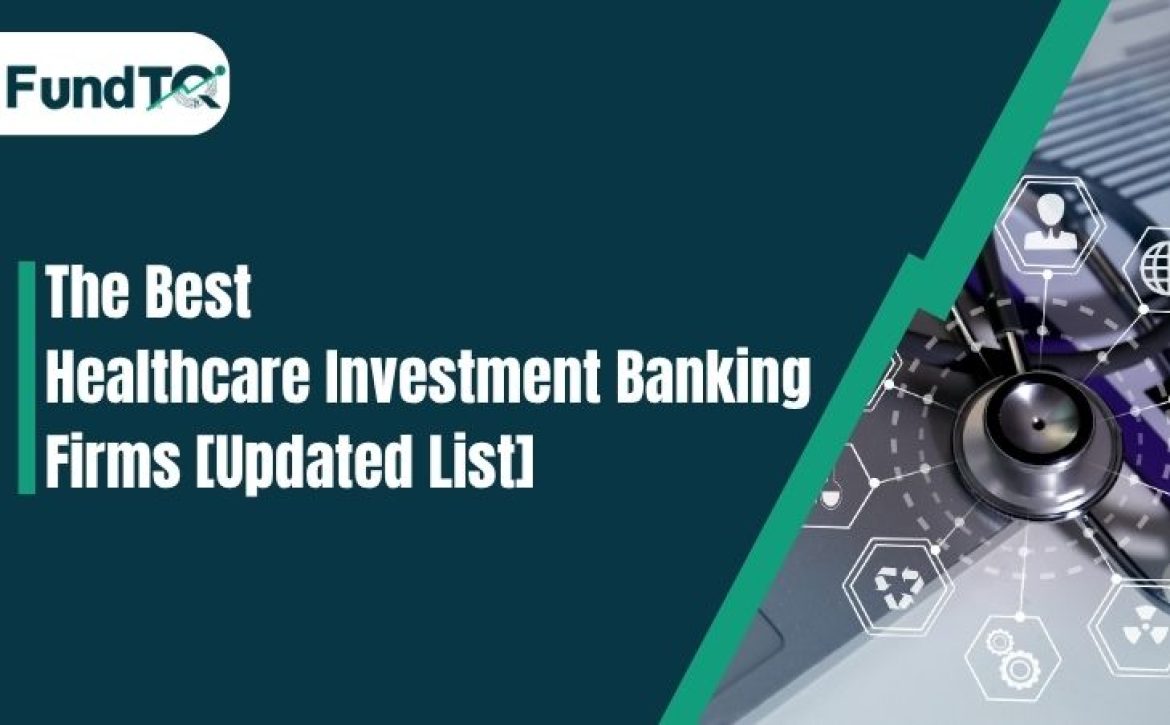
 What is Healthcare Investment Banking?
What is Healthcare Investment Banking?





